At Trattoria La Saletta in Alghero, Sardinia, I enjoyed some delicious mutton ravioli (ravioli di pecora) with crunchy vegetables. Since mutton (the meat of a mature sheep) is not available in the Netherlands, I decided to make something similar using lamb instead. My butcher actually told me that the meat of any sheep that are slaughtered at an age that their meat will be called mutton instead of lamb (i.e. well over 1 year old), is actually exported to southern Italy because there is no market for it here. Mutton has a stronger flavor than lamb, but these ravioli turned out delicious anyway. If you can find mutton, you could definitely use it in this recipe. This recipe is quite involved as the ravioli are filled with braised meat, and the jus is a reduced stock that is made from the bones of the lamb. But it is well worth it.
I did not ask for the recipe at La Saletta, so this is my personal interpretation of the dish. I used a very Sardinian ingredient for braising the meat and making the stock: myrtle berries. These berries are used for making mirto, the island’s liqueur, as well as to flavor stews. You can order them online, or replace them with juniper berries. I cooked the meat sous-vide, but you could also braise it on the stovetop or in the oven. In either case it is best to prepare the meat the day before, as the filling needs to cool before you can use it.
Ingredients
This makes 32 to 40 ravioli, enough for 6 servings
For the meat filling
600 grams (1.3 lb) boneless lamb stewing meat, preferably from the neck (or mutton if you can find it)
120 ml (1/2 cup) red wine, preferably from Sardinia
6 dried myrtle berries (or juniper berries)
1 clove garlic
2 Tbsp extra virgin olive oil
50 grams (1/3 cup) minced onion
50 grams (1/3 cup) minced celery
50 grams (1/3 cup) minced carrot
50 grams (1/3 cup) minced peeled and seeded tomato
salt and freshly ground black pepper
For the ravioli and the ‘sauce’
150 grams (1 cup) semola rimacinata (semolina flour)
75 grams (1/2 cup) Italian 00 flour
about 120 ml (1/2 cup) lukewarm water
1 Tbsp extra virgin olive oil
12 cherry tomatoes, halved or quartered
1/2 zucchini, seeded and diced
1 carrot, diced
1 Tbsp minced fresh rosemary
salt and freshly ground black pepper
freshly grated aged pecorino cheese, preferably from Sardinia
1 litre (1 quart) lamb stock including the fat that floats on top, see below
meat filling, see above
For the lamb stock
bones from the lamb
1/2 onion, chopped
1 carrot, chopped
1 stick celery, chopped
6 myrtle berries (or juniper berries)
1 clove garlic, peeled and smashed
1 bay leaf
Instructions
To peel the tomato, cut a cross in the bottom and submerge it in boiling water until the skin starts to break, then shock in cold water. You can now peel the skin off easily. Cut the tomato crosswise and remove the seeds, then mince the flesh.
Season the lamb with salt and freshly ground black pepper, then brown it on all sides in 2 tablespoons of extra virgin olive oil over medium-high heat in a frying pan.
When the lamb is nicely browned, take it out of the pan and set aside on a plate. Add minced carrot, onion, and celery to the fat remaining in the pan and season with salt.
Stir over medium heat until the vegetables start to color, then add a minced garlic clove and the minced tomato and stir for another minute. Make sure the garlic doesn’t get brown. (I forgot to add the tomato at this point and added it later, but it is better to add it here.)
Deglaze with 120 ml of red wine.
Add 6 myrtle berries and bring the wine to a boil.
If not using sous-vide, this is where to add the meat back and braise the meat on the stovetop (covered, turning regularly, over very low heat) or in the oven until it is fall apart tender, about 3 hours.
If using sous-vide, then reduce the heat to medium and cook until the wine has been reduced by half (or almost completely reduced if using a FoodSaver-type vacuum sealer). Turn off the heat and allow to cool if vacuum sealing (not needed if using a ziplock bag and the water displacement method).
Vacuum seal the meat with the contents of the frying pan. You have three options to do this:
- Using a chamber vacuum sealer: make sure everything is cold before vacuum sealing.
- Using a FoodSaver-type vacuum sealer: make sure everything is cold before vacuum sealing, and that there is hardly any liquid left as that would be sucked out.
- Using a ziplock bag and the water displacement method: you can do this right away.
Cook sous-vide for 24 hours at 74C/165F.
After those 24 hours, take it out of the water bath.
Pour the juices from the bag into a saucepan, together with the vegetables.
Discard the myrtle berries.
Bring the juices to a boil, then turn down the heat to medium.
Cook until the juices have been reduced by about half.
Meanwhile, shred (pull) the meat using two forks.
Turn off the heat, then add the meat to the reduced juices and stir until well mixed. Taste and adjust the seasoning with salt and freshly ground black pepper. Remember that ravioli filling should always be seasoned generously, a bit more than you think when you taste it by itself. The filling is so delicious at this point that you should control yourself to not eat all of the filling 🙂
Allow the filling to cool to room temperature, then cover and refrigerate to allow it to firm up.
The stock should be made the day before as well, to allow it to cool so you can separate the fat.
To make the stock, put the ingredients in a stockpot or pressure cooker together with 1 litre (1 quart) of cold water.
Bring to a boil or bring to pressure, then simmer for 5 hours or pressure cook for 2.5 hours. After that, sieve the stock and allow to cool.
When cool, the fat will be a solid layer on top that is easy to remove. Do not discard it, but reserve it to sautée the vegetables later.
Reduce the stock to about a quarter of its volume by simmering it in a wide pan. This will take about half an hour.
When the stock has been reduced to about 250 ml (1 cup), taste and adjust the seasoning with salt and freshly ground black pepper.
Pasta dough in Sardinia is made with semolina flour, olive oil, and water, no eggs like in fresh pasta from Emilia-Romagna. Put 150 grams semolina flour and 75 grams 00 flour in the bowl of a stand mixer together with 1 tablespoon of extra virgin olive oil and about 80 ml (1/3 cup) of lukewarm water.
Use the paddle attachment to mix the dough, adding the remaining water very slowly as needed to make the dough come together. Do not add more water than needed, or the dough will become too sticky. At the end you will only need to add a few drops. You may have to add more than the 120 ml of lukewarm water mentioned in the list of ingredients.
Now switch over to the dough hook, and knead on medium speed until the dough is smooth and elastic.
Wrap the dough in plastic wrap and allow it to rest in the refrigerator for at least half an hour.
After resting, roll out the dough thinly and make ravioli according to my instructions.
For this recipe it is nice to make large ravioli with about 2 teaspoons of filling in each. The filling should be so dense that you can roll it onto balls.
The ravioli can be made in advance. Make sure to turn them a few times, so both sides can dry evenly.
To serve al dente ravioli as well as crunchy vegetables, it is important that everything is prepared so you can work quickly. Cut the cherry tomatoes into halves or quarters. Cut the zucchini in half lengthwise and scoop out the seeds, then dice. Dice the carrot.
Bring a large pot of water to a boil to cook the ravioli. Make sure the reduced lamb stock (jus) is hot.
In a frying pan, melt 2 tablespoons of lamb fat that floated on top of the stock. (You could substitute with olive oil, but using the lamb fat will introduce an additional layer of lamb flavor to the dish.)
When the fat has melted, add the zucchini, carrots, and rosemary.
At the same time, add salt to the boiling water and add the ravioli. Cook them for 2 minutes (or 3 minutes if they have dried).
After 1 minute of stirring the vegetables over high heat, add the tomatoes.
Turn off the heat after another minute.
Drain the ravioli carefully and arrange them on preheated plates. Arrange the vegetables on top and around of the ravioli. Drizzle with the lamb jus, and sprinkle with freshly grated pecorino cheese. Serve at once.
Wine pairing
This works well with a red from Sardinia. A Monica di Sardegna (light to medium bodied) would probably work best, but a Carignano del Sulcis (medium to full-bodied) or Cannonau di Sardegna (medium to full-bodied) would also be fine.
Flashback
Thanks to Nutella we all know that chocolate and hazelnuts go really well together. This flourless chocolate hazelnut cake is not only as delicious as it looks, it is also a lot easier to make than it looks. What makes it easy is that you can just put all the ingredients into the food processor.







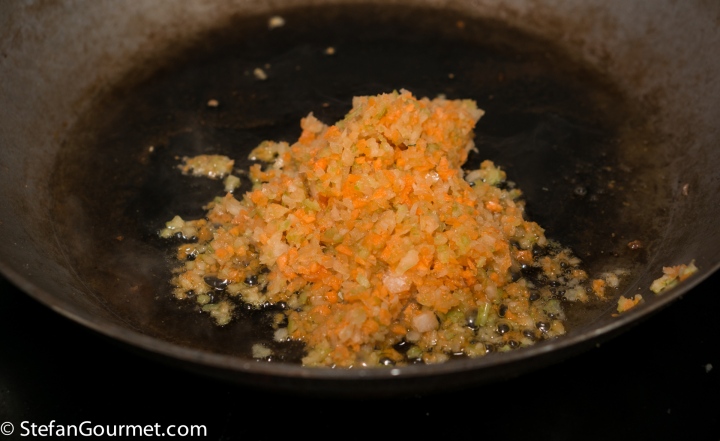






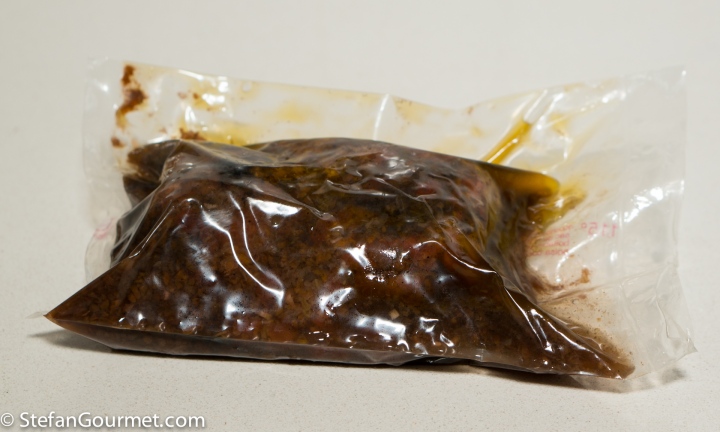
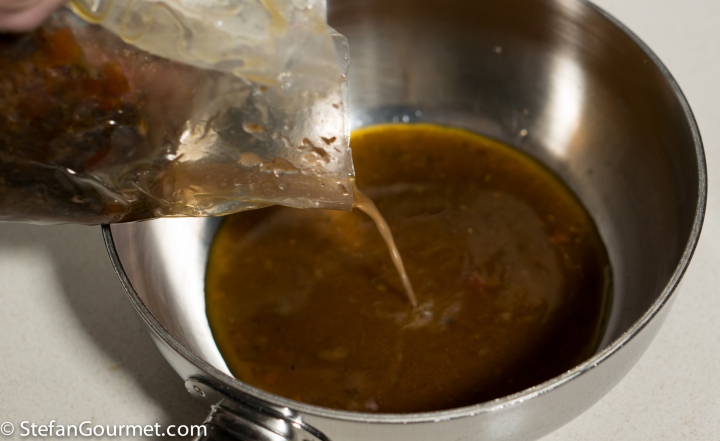










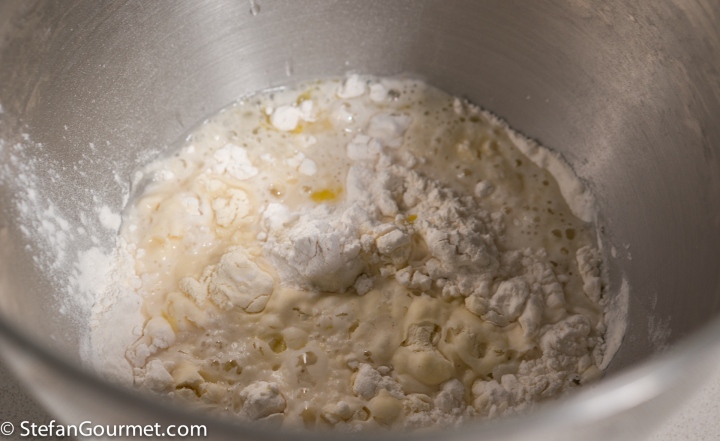



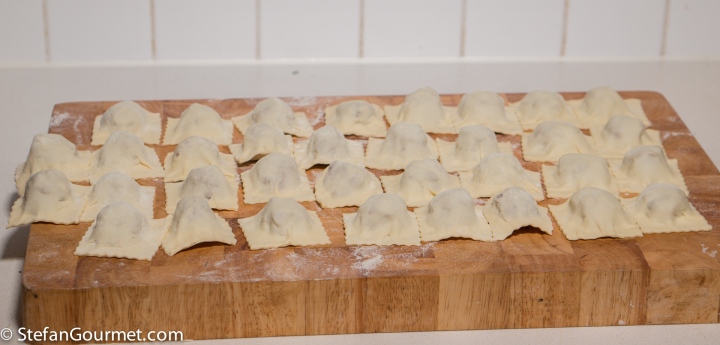








bravo! I think saffron would have worked too in this braise (another typical sardinian ingredient) and maybe even a little chopped mint i the filling… just to play with ideas…
….ammazza ste!: sono proprio belli 🙂 🙂
a ri-bravo
stefano
LikeLiked by 1 person
Wow, impressive!
LikeLiked by 1 person
What a wonderful dish, perfectly prepped and presented 🙂
LikeLiked by 1 person
Oh Stefan: you did return from Sardinia with fabulous ideas! Love lamb, love this!! Worth the work for a special dinner . . . and your plating is exquisite! Like an edible bridal wreath!! Neck chops available everywhere here, mutton sometimes at private butchers . . . I love the taste of it, but even in Australia it is difficult to access. Myrtleberries no problem . . . am really looking forwards to taking the time to make this very unusual recipe . . .
LikeLiked by 1 person
Couldn’t think of a better stuffing for ravioli!
LikeLiked by 1 person
Che bellezza questo piatto!
LikeLiked by 1 person
La cucina sarda ti ha proprio colpito, sono contenta. Grazie della ricetta, non la conoscevo
LikeLiked by 1 person